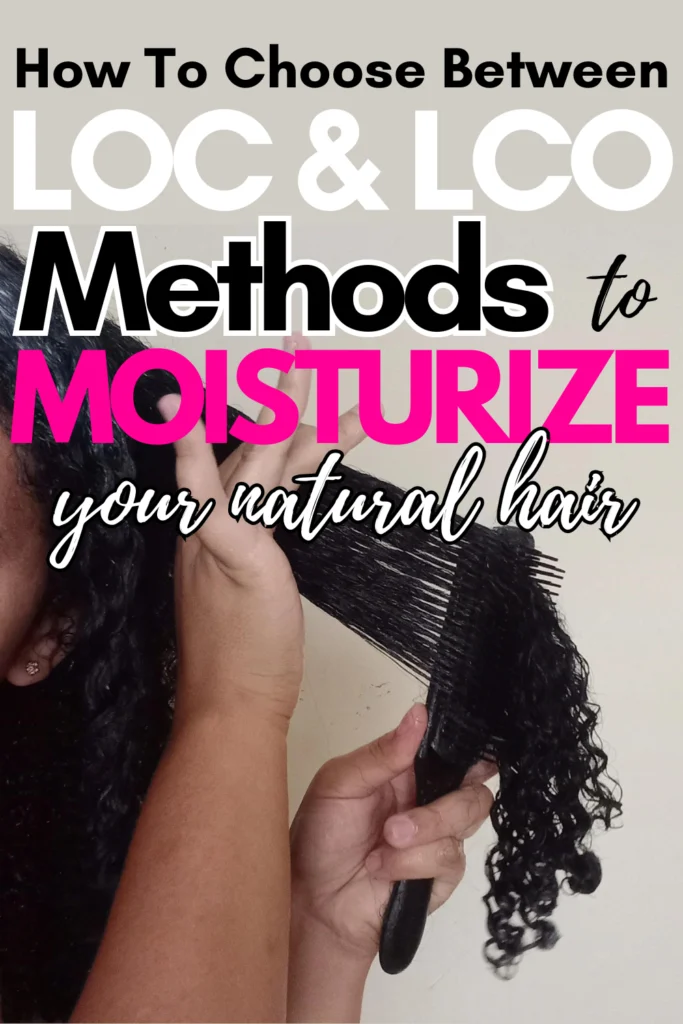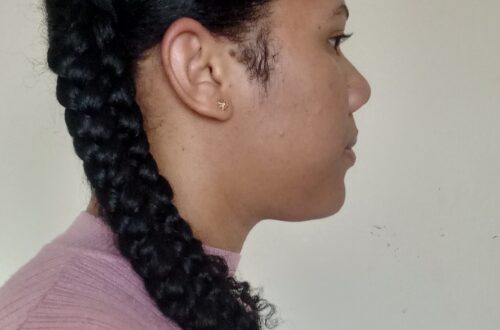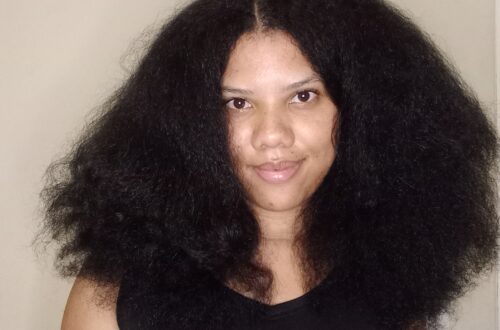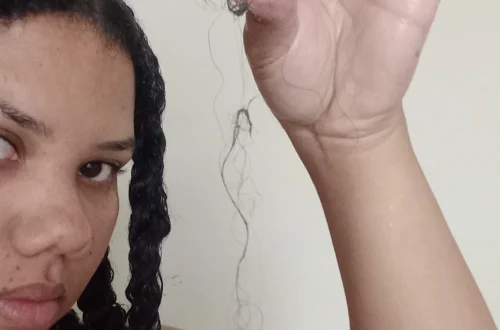How To Moisturize Your Natural Hair – The LCO vs LOC Method

Natural hair types are more difficult to manage. Not because it is ‘bad hair” like we’ve all been told many times, but because we don’t take care of it the right way.
One of the most important steps in your hair care routine is moisturizing, and many people don’t know how to properly moisturize their hair.
The most common moisturizing methods are the LCO method and the LOC method which has been tested by the natural hair community for years now.
They have been shown to be tried and true hair methods, which detail the exact order hair products should be applied for bouncy and defined curls or coils.
If you haven’t heard of these methods, and aren’t sure if the L.C.O or L.O.C method is for you, I’m here to help.
In this deep dive, we will provide you with the ultimate moisturizing guide to help you with much-needed moisture retention.
What Is The LCO Method?
The LCO method is super easy. The letters (LCO) are in the order you should be applying your hair care products to your hair.
The LCO method stands for, Liquid/Leave-In Conditioner, Cream, and Oil. Ad yes, when you choose to do this method, you HAVE to follow these steps word for word, or you’re doing something totally different.
To get more specific, the term “liquid” in the LCO method refers to water, a deep conditioner, a water-based leave-in conditioner, or any other water-based product.
Creams are meant to lock in moisture, as the second step in the L.C.O method, you are meant to use a heavy cream for this step.
Whether your hair strands prefer a thick moisturizer that is like a smoothie or mango butter, this step is meant to ensure hair has retained as much hydration as it can on the hair shaft.
The term oil in the LCO method is just that—an oil. The beauty of oil is that it can create a layer around the hair shaft that prevents water from escaping, which helps dry hair stay moisturized for longer periods.
What Is The LOC Method
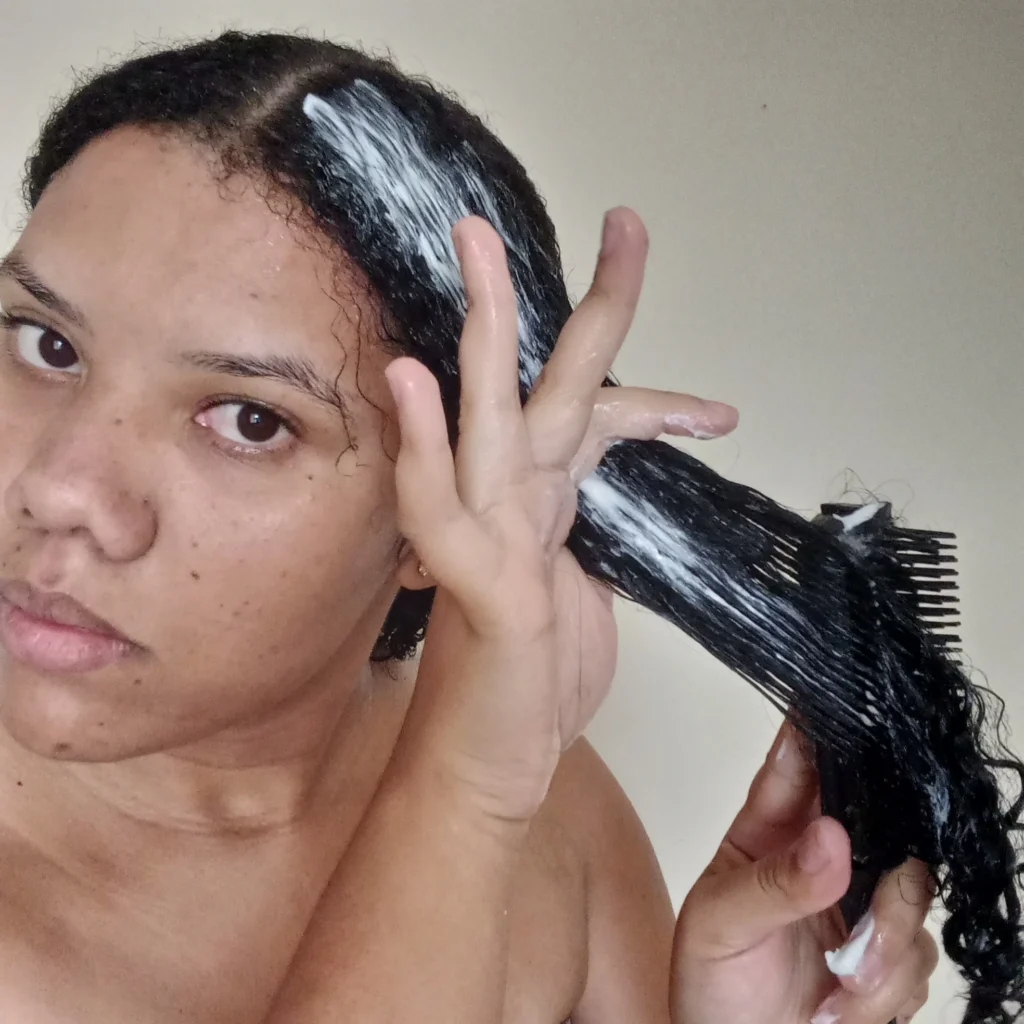
So it isn’t too difficult to deduce what the LOC method stands for, the letters mean the same exact things in the LOC method.
Now, I personally have a gripe with the LCO method because it just doesn’t feel right.
When hair oil is applied to your hair, it creates an impenetrable layer around the hair cuticles that prevents moisture from leaving and entering your hair strands.
So adding a hair cream after adding hair oil to your strands seems counterintuitive to me, the cream will just sit on top of your hair rather than get absorbed into the hair strands. For this reason, I have never liked the LOC method.
Consider Your Type Of Hair
The LCO method is best when applied on dry hair that struggles with moisture retention.
This type of hair is usually high porosity hair types—which is often the most thirsty hair.
But don’t worry, this method also works for low porosity, you may require to spend more time on adding moisture because this type of hair takes longer to absorb hair products due to its composition.
So when you have low porosity hair, your main focus should be trying to get your hair to absorb the moisture. While for high-porosity hair the main focus should be moisture retention because high-porosity hair struggles to retain moisture.
Although hair’s porosity plays a major role in whether or not the LCO method will work for you, it is still an effective way for treating hair regardless of curl patterns, and density.
Low porosity hair or hair that has a loose curl pattern or waves can easily become limp and have a greasy look as well as suffer from product build-up.
The same is true with straight hair types (or type 1 hair). However, if you fall into these categories and want to give the LCO method a try, you can do so—but you need to use products that are the lightest weight possible.
If you don’t know your hair type, here is my easy guide on how to test your hair’s porosity.
The Best Products For The LCO Method
This post contains affiliate links, if you click on any of these links I may earn a commission at no extra cost to you.
You need the 3 main ingredients in the LCO method, here are my top choices.
SheaMoisture Jamaican Black Castor Oil Leave-In Conditioner
The Shea Moisture Leave-In Conditioner is a reparative leave-in conditioner that softens and detangles hair while controlling frizz and moisturizing the hair.
It contains Jamaican black castor oil which I always love, and it very hydrating.

Monday Moisture Leave-in Conditioner
I bought this and I am very happy with the results. Not only does it leave my hair “silky smooth”, but there are no knots whatsoever.
I slept in it and woke up and still no knots!
My hair loves this stuff, and I highly recommend it!
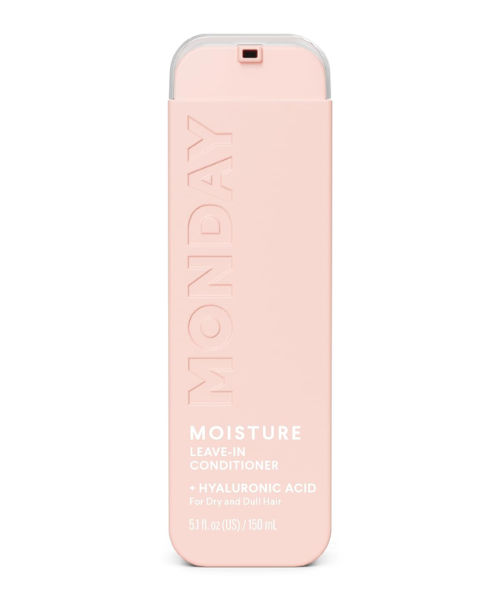
Carol’s Daughter Goddess Strength True Stretch Defining Hair Cream
This hair cream is a nice heavy cream. I like to use this after my water-based leave-in conditioner to add more moisture and elongate my hair.
I do not recommend this if you have fine hair, it will weigh down your hair.
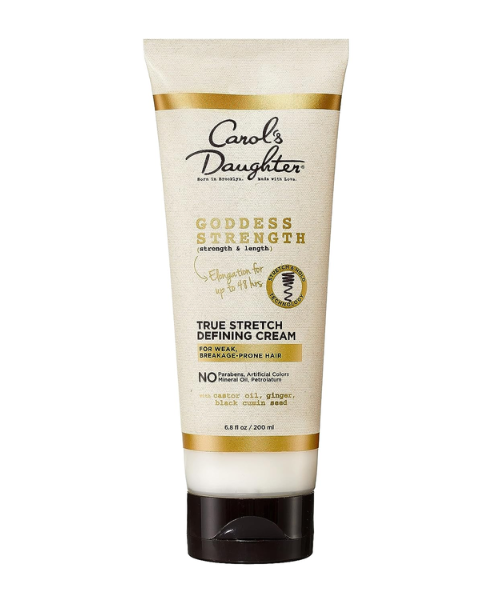
PATTERN Beauty Jojoba Oil Hair Serum
This is a lighter oil so it’s great for low porosity hair. It helps to seal in moisture without weighing down your hair.
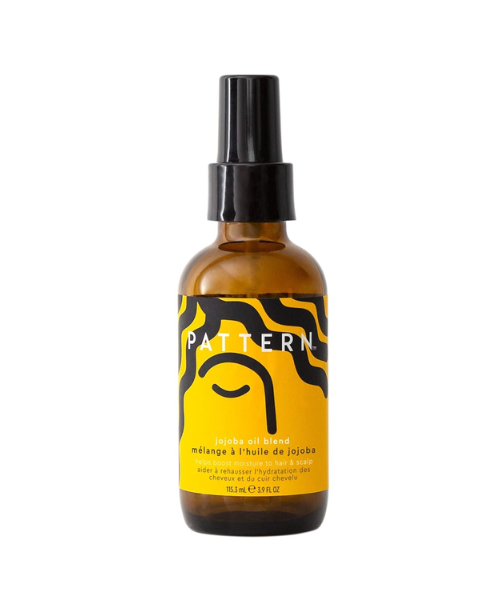
How To Do The LCO Method
The LCO method is easy to implement into a haircare routine because it requires no special hair products.
All you need to do is follow the specific order of application in the L.C.O method.
If you want to try the LOC method on your hair, here are the steps you’ll need to follow:
Step 1: Liquid/Water-Based Leave-In Conditioner
Section out your damp hair (yes you should be doing this on wet hair). You can wet it with water if it is completely dry.
This is much easier to do if you have a spray bottle in your reach because water is really the star when using this method.
Now add your favorite leave-in conditioner and apply it evenly throughout each section of your curly hair.
Make sure to really focus on the ends of your thirsty hair since these are the oldest and driest parts of your dry hair.
A water-based product will provide the moisture that your hair needs after a good wash day.
Step 2: Hair Cream
When your hair is properly moisturized, you are ready for the second step in the LCO method, which involves using a heavy creamy or butter-based moisturizer for sealing in that water.
Section your hair off and add in the hair cream of your choice, making sure to be as generous as possible. Take this time to style your curls with some brush styling or finger coiling to really get as much definition as you can.
The end result should give you hair that is hydrated, defined in texture, and can hold out until your next wash day.
Step 3: Hair Oil
Once you have given your hair as much moisture as it possibly needs, you are ready for the hair oil.
Make sure to only apply a thin layer of oil to lock moisture, and be careful to not weigh down your hair and make it look greasy.
To avoid this, you can apply small amounts to each section and slowly add more when you feel you need it.
The hair oil should only be applied after your hair has dried, to add some shine and help seal in that moisture.
Just like everything else, hair porosity can play a factor in the type of oil you’ll need.
Here is a list of hair oils that work best with the different porosity levels. For the purpose of this article, each level is limited to two oil examples. There are countless other types that can work for your hair type.
High Porosity
- Castor oil
- Olive oil
Low Porosity
- Argan oil
- Sweet almond oil
Normal Porosity
- Grapeseed oil
- Jojoba oil
Never seal your hair with coconut oil, it will leave your hair feeling dry and crunchy. Rather stick to using it in hair masks and hair treatments.
Tailor It To You:
While the LCO method is great, all hair is different and you should tailor it to you. Now while I cannot tell you what exactly that means for you, you can experiment and find out what your hair needs.
I like to use a mousse or foam as my L, after using a water-based leave-in conditioner, I add in a mousse for some more hydration.
Then I add a cream to my hair. This can be a heavy cream because I have high hair porosity and very dense hair my hair doesn’t get weighed down. I don’t suggest it if you have fine hair or low porosity hair.
After adding the hair cream, I like to add a hair gel on top of that to create a cast and define my curls.
Then once all that has dried I add on my hair oil. I like to use castor oil at this step, or really any oil I have on hand.
This may seem like a lot, but my hair can handle it! I tested it out for years and found what works for me. And you should too.
The LOC Method vs the LCO Method
After years of being on my natural hair journey, I have never liked the LOC method. And I will never suggest it to anyone as I mentioned before.
If you try the LOC method and it works for you then go for it. But I just feel like it doesn’t work and is the wrong order to apply your hair products.
So for me, it’s LCO all the way!
healthy hair practices
While using the LCO method is great for keeping your hair moisturized and healthy, there are other things you can do to give you healthy hair.
For example, sleeping in a satin pillowcase or bonnet will prevent your hair from drying out. In addition to that, don’t brush or comb through dry hair when styling your hair, always style your hair wet.
Spray a bit of water in it, this will help prevent breakage.
Additionally, make sure you’re moisturizing your hair during the week because doing LCO on just wash day won’t get you through the week, add some extra moisture into your hair to account for any moisture loss during the week.
It’s also important that you use products that are good for your hair and won’t dry it out your thirsty curls.
Neither the LCO method nor the LOC method will be enough to ensure long and healthy hair, but it sure is a good first step.
Pin For Later!
